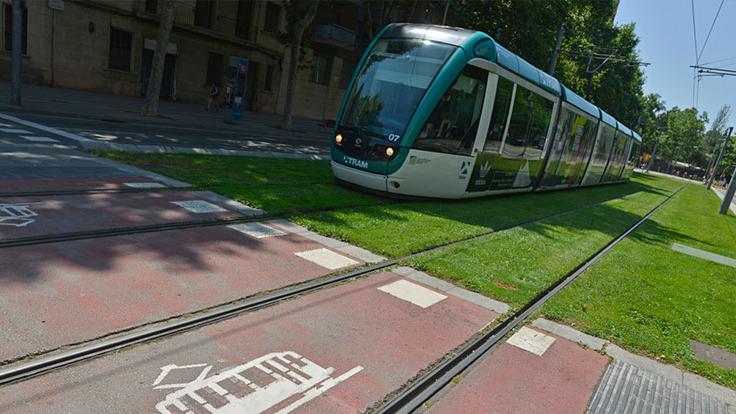The debate is not about a healthy and sustainable urban model, it is about the best option to achieve that aim.
The Survey Report considers an urban model that responds to the determination to ensure that people have a healthier, quality space, and modes of travel such as walking, cycling and public transport are prioritised over the use of private vehicles. All the alternatives studied have at least this feature in common.
An unfinished tramway network.
- The current tramway network has two independent sub-networks: the Trambaix (which runs through seven municipalities of the Baix Llobregat and Barcelonès counties) and the Trambesòs (which runs through three municipalities of the Barcelonès). The tramway network’s most-used stops are Glòries, Maria Cristina, Cornellà Centre, Can Rigal, Sant Adrià and Francesc Macià interchanges.
- It is 29.2 km long and has a total of 56 stops.
- Its demand has tripled since 2004 and is growing at a faster rate than the rest of the metropolitan public transport system.
Connecting the tramway network is a great opportunity.
- To achieve a sustainable mobility model that contributes to a healthier urban model. The tramway link-up would not only increase tram demand but also that for other systems of public transport and cycling.
- To resolve the problem of an interrupted system and enable connections between 9 Metropolitan Area municipalities, thereby improving Barcelonès Nord and Baix Llobregat residents’ accessibility to the nerve centre of Barcelona by public transport.




